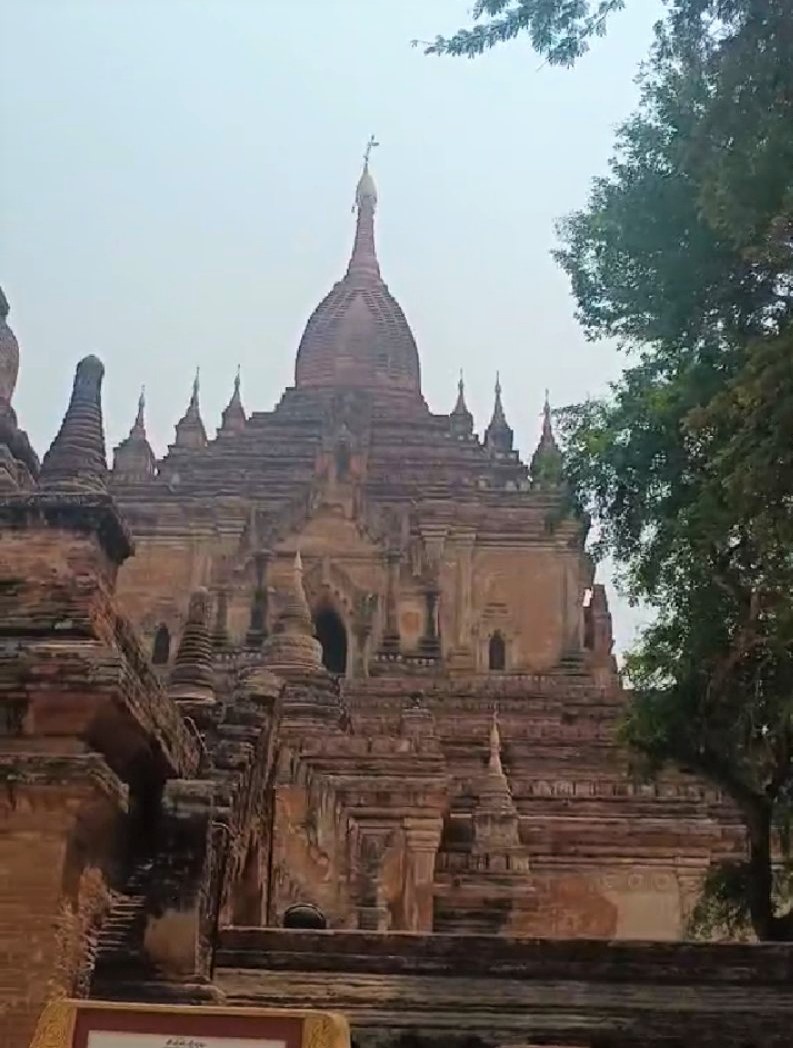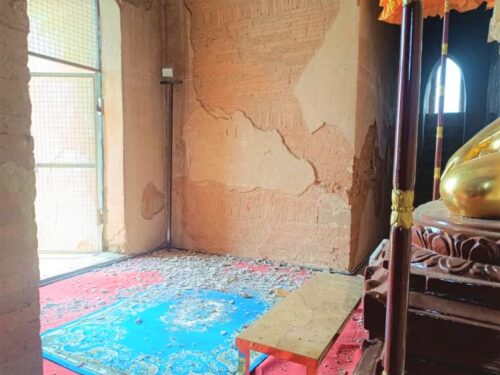Despite causing damage in Sagaing, Mandalay, Nay Pyi Taw, and Shan State (South) on 28 March, the earthquake that struck Myanmar left the pagodas and stupas in the Bagan region, home to Myanmar’s ancient cultural heritage, unaffected, a fact that brought happiness to people across the country.
Myanmar has experienced its second largest earthquake in history, after the Bago earthquake in 1930 (magnitude 7.3-7.5), the Sagaing earthquake in 1946 (magnitude 8.0), the Sagaing earthquake in 1956 (magnitude 7.1), the Bagan earthquake in 1975 (magnitude 6.5), and the Shwebo earthquake in 2012 (magnitude 6.8).
“At 12:50 pm on 28 March, an earthquake struck, causing the Htilominlo Pagoda to shake, though it sustained no structural damage, only some internal wall damage,” stated U Tin Hla Oo, secretary of the Htilo Minlo Pagoda board of trustees.
“It is remarkable and gratifying that no other pagodas or structures in the Bagan region were damaged in this earthquake. While I feel sad for those in the affected areas, it is especially fortunate that the famous pagodas, irreplaceable ancient heritages were spared. This is a great joy not only for Myanmar but also for Asia,” he added.
In the ancient cultural area of Bagan, the most popular pagodas among both domestic and foreign tourists were undamaged by the 28 March earthquake.
“Having experienced earthquakes in Bagan before, we immediately take necessary actions when one strikes, primarily by observing the Holy Umbrella of the pagoda, which was affected in a past earthquake. This time, only the diamond orb shook slightly, and it is a blessing that none of the famous pagodas in Bagan sustained any damage,” stated U Thein Aung, Chairman of the Shwezigon Pagoda board of trustees.
The earthquake was followed by several smaller aftershocks on the same day. While no pagodas in the Bagan cultural area were damaged, a small crack occurred in the wall of the Pyathetgyi Pagoda.
Thitsa (MNA)/TH
#TheGlobalNewLightOfMyanmar




